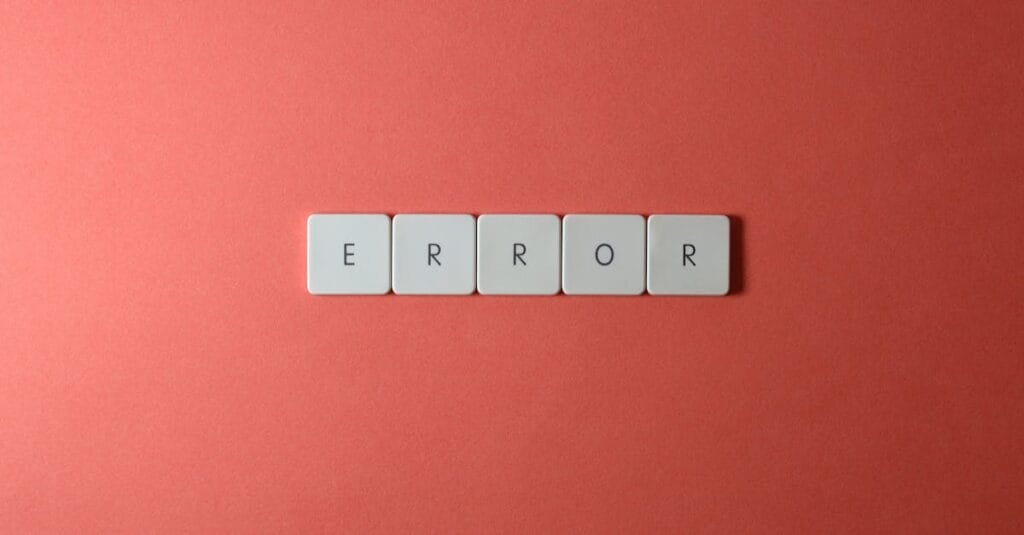You ever catch yourself thinking, “How the heck did we get here again?” staring at a mountain of paperwork or an email thread that has spiraled – and not in a good way? Yeah, that’s where many of us find ourselves in the shared services landscape. Streamlining manual processes isn’t just some buzzword; it’s a lifeline. Seriously. Like finding a previously undetected stash of cookies when you’re craving sugar. Yeah, that good.
But let’s delve in.
Imagine it’s Monday. (And not just any Monday – the Monday where coffee alone isn’t enough.) You’re plowing through repetitive tasks that should ideally take seconds but stretch past lunch, all while battling the intermittent “Why didn’t I automate this?” thought in the back of your mind. If there’s one thing that can put a damper on productivity and morale, it’s manual processes. They can create a merry-go-round of errors that transforms your workflow into a circus.
So, let’s talk about the grand solution: process optimization. Yep, I said it. Now, before we dive too deep—how many times have you witnessed a simple data entry error lead to a cascading series of nightmares? (Like a bad game of Jenga, but no one wins.) That’s where streamlining comes in to save the day, like a superhero—but without the spandex. It can lead to significant shifts in the productivity and accuracy of your teams. Think of it as removing the stones from your path when you’re trying to sprint—much smoother, right?
The Ugly Truth About Manual Processes
Here’s the really gritty part: manual processes can be the silent killer of efficiency. Picture this: your team spends hours—maybe even days—on tasks that are prone to mistakes. It’s like trying to fill a bathtub with a hole in it; you work so hard, but you end up with just wasted water, and that doesn’t feel great.
The truth is, every miscalculation or lost document is not just an inconvenience; it’s money down the drain (or in the bathtub, if we’re continuing the metaphor). The shared services transformation we’re all chasing? It’s deeply tied to these inefficiencies. If you can flip the bird to manual processes, you can wave goodbye to those pesky errors. *Doesn’t that sound like a dream?*
What Does It Mean to Streamline?
So, streamlining this thing we call a process—what does that actually mean? It’s all about simplifying and automating. Yes, automation. I know the eye rolls; it sounds like jargon sometimes, but hear me out!
When we embrace this approach, we’re not just cutting down on repetitive tasks; we’re giving our people back precious hours. Think all those 3 PM slumps could be spent innovating or, I don’t know, brainstorming ways to make coffee taste better? And guess what? By leaning into these technologies, we’re not just optimizing processes—we’re pushing toward a culture of continuous improvement.
Here are some fun ideas on how to start streamlining:
- Assess Current Processes: Take a good look at what’s working and what’s not. (Like a first date but with spreadsheets instead of awkward silences.)
- Automation Tools are Your Friend: And I mean it! Explore tools like RPA (Robotic Process Automation) or other platforms that take over those mundane tasks.
- Empower Teams with Training: Teaching your team about these tools can create a dynamic, proactive force.
- Feedback Loops: Always ask! Find out what’s gone wrong or what can be improved; they’re the ones doing the dirty work. (Like being in a kitchen and making sure the spaghetti isn’t stuck.)
The Ripple Effect
Here’s the kicker—the moment you decide to invest in streamlining, a wave of change follows. We’re talking about reduced errors, faster turnarounds, and an upswing in morale. Everyone likes to feel like they’ve achieved something useful, right? Like reaching that last slice of pizza without any battles.
And as an added bonus— companies embracing shared services transformations often see improvements across the board. It’s like finding out your typical Tuesday can feel like a Friday! Exciting, right?
So what’s next? Maybe take a step back, scan the horizon, and assess where you can streamline your manual processes. It isn’t just about saving time (though that’s huge!); it’s about creating a work environment where people feel valued and less bogged down by a sea of paperwork and avoidable errors. If not now, then when, right?
In wrapping this up (not that we follow traditional endings around here), the path to reducing errors isn’t as convoluted as it seems. With a sprinkle of intent and a dash of automation, it becomes a journey toward a more efficient and satisfying work life.
Now, let’s go tackle those manual processes like champs.


